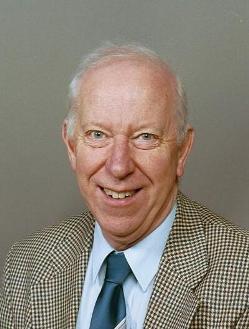
John Cope thinks referees ought to identify themselves.
Geoscientist 20.01 January 2010
I have recently had a paper rejected for publication by the Journal of the Geological Society. I suppose that, having over 160 publications in print, receiving only the fifth rejection of my career is not bad. One referee supported the paper strongly and recommended publication with very minor modification; but a second was strongly critical. The editor correctly sent the paper to a third referee, whose comments were similar to those of the second. Unsurprisingly therefore, the paper was rejected. What is noteworthy is that while the supportive referee signed his comments, both of the critical referees remained anonymous. This is my real gripe.
Would either of these referees be prepared to tell me (or my co-author) to my face what he (or she) wrote? If not, they should not be refereeing papers. I referee quite a lot of papers and research grant applications (probably over 300 during my research career) and have always insisted that my name appears on my comments because I believe that one should be prepared to justify anything one writes. I have recommended rejections but I have never received hate mail or threatening calls because of this. Indeed, the opposite has happened - because I point out what authors need to do to make their papers acceptable and have had grateful messages from authors. It is usually obvious who any anonymous referee is; the style of writing and various other ‘giveaways’ usually make it transparent to the trained reader. To return to this recent case, my colleague and I are 99% sure of the authorship of the two anonymous reports. So what is gained by this anonymity? I would suggest precisely nothing. Were the referees worried that we might review their next research grant application unfavourably?
Referees are far from infallible and I recall some years ago that some archived 1950s manuscripts in the Society revealed one with the referee’s scrawled comment ‘the silly b****r believes in continental drift!’. I too have suffered. Thirty years ago I discovered Lower Cambrian foraminferans in Wales. These considerably predated the (then) oldest known forams; my manuscript included stereoscan pictures including close-ups of the test wall showing pores. The one anonymous referee’s report that accompanied Nature’s rejection stated that foraminferans did not exist in the early Cambrian and even if they did, would not have such a sophisticated structure. One year later, Nature published a description of the same species from Newfoundland, based on material less well-preserved than mine had been. An anonymous referee thus robbed me of the claim to have first discovered early Cambrian forams. Does the need to cover their later embarrassment excuse a policy of anonymity? Hardly.
Of late, another problem has emerged, as manuscripts are sent out online. I believe it impossible to fulfil a refereeing job properly with an online version and always work from hard copy. With this latest paper, one referee raised a query that was in fact fully addressed; I suspect it was missed through online reading.
So come on Geological Society, insist that referees are always identified!